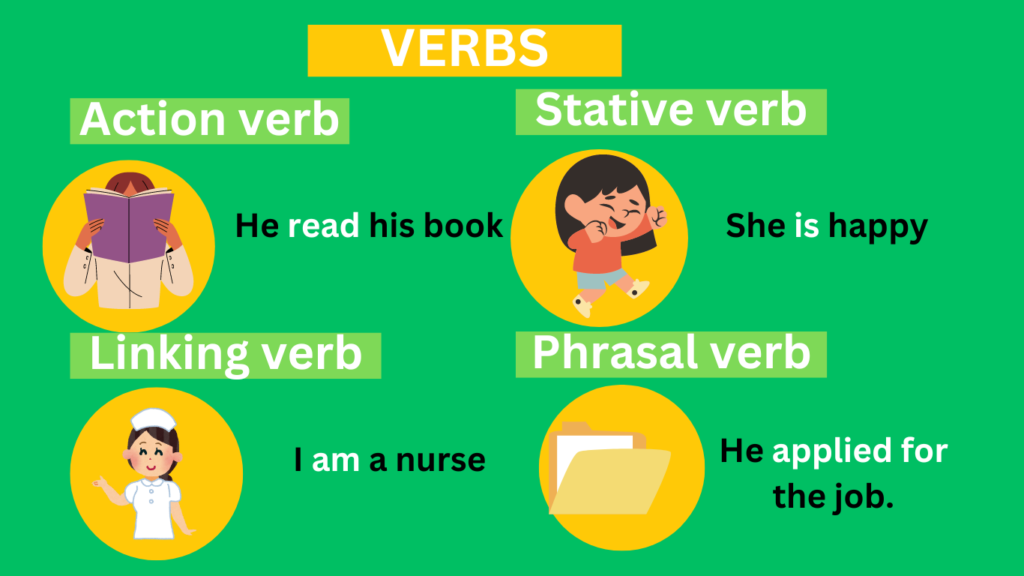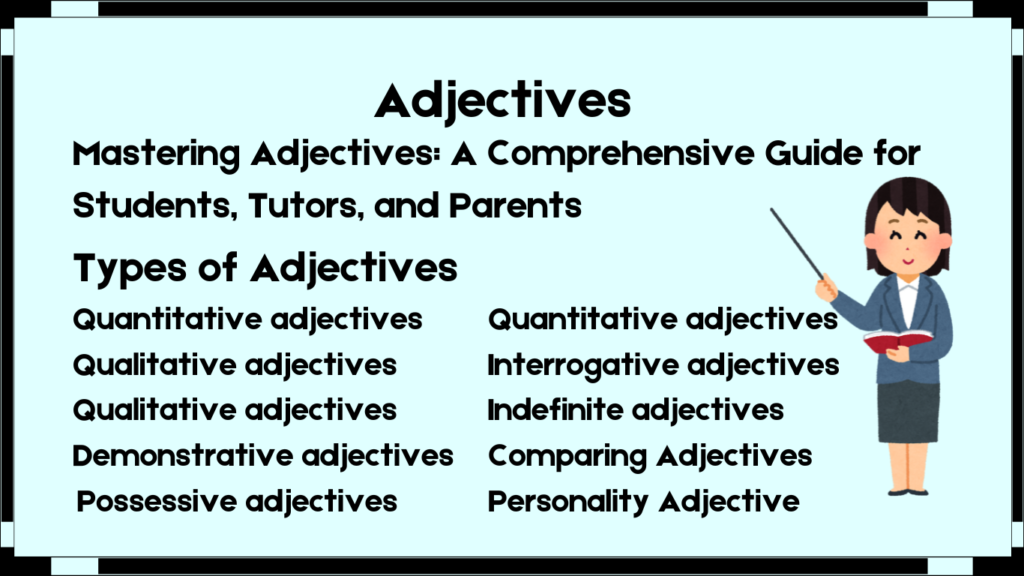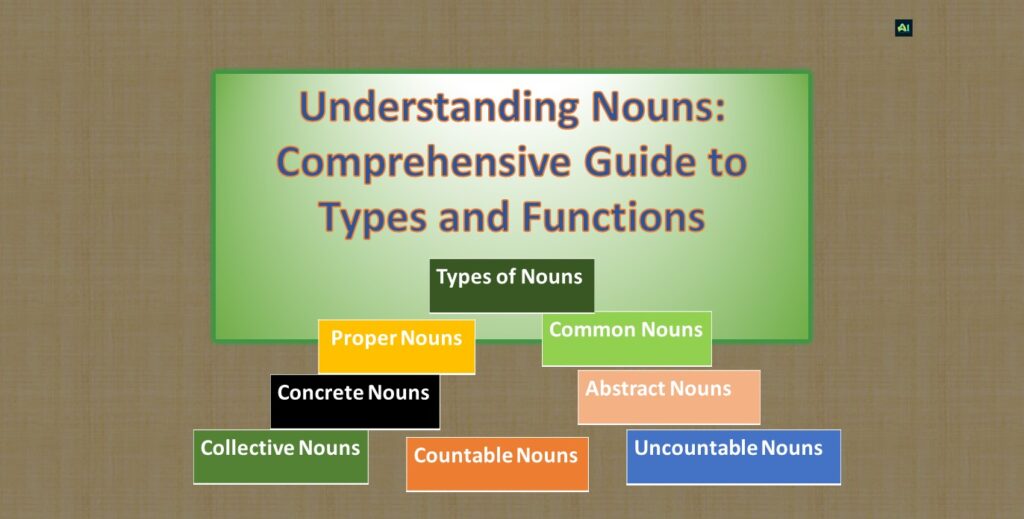Enhance Your Grammar Skills with a Detailed Exploration of Verbs in English
My complete guide to understanding verbs employs a holistic approach that will help both beginners and advanced students alike to gain a comprehensive understanding of verbs. Verbs are the pillars of our utterances, be it spoken or written. Every sentence has words that tell us what is happening. These words are called verbs. No sentence can stand without a verb. Verbs are super important in sentences.
Some verbs explain actions; others act as linking words. We have verbs that are helpers, verbs that tell us the state of things, and those that need objects, as well as ones that have no need for objects. Do you also know that there are verbs that change in spelling to form their past tense while others do not? All of these verbs play important roles, and we will consider in detail their uses and functions.
Complete Guide to Understanding Verbs
What is a Verb?
A child might look you in the eye and declare that a verb is an action word or a doing word. They might go ahead to back it up with examples such as jump, play, eat, run, etc. Of course, the child deserves an accolade. That is the simplest way a teacher can explain the concept of a verb to a young one.
The above definition is good to start with. But do all verbs describe actions? Not all verbs describe actions. Therefore, that definition is not complete. However, teachers should be guided by age appropriateness when teaching children or students the concept of verbs. In this section of my complete guide to understanding verbs, I have included a complete description of verbs.
Encompassing Definition of a Verb
- Action Verbs: These describe physical or mental actions. These actions are deliberately taken by the subject.
- Example: She swims every Wednesday. (“swims” is a physical action deliberately done by the subject)
- Example: He thinks about his condition. (“thinks” describes a mental action deliberately done by the subject)
- Occurrence Verbs: These describe natural processes or events that take place on their own.
- Example: A solar eclipse occurred yesterday. (“occurred” is a natural occurrence)
- Example: The sky gradually turned gray. (“turned” is a process not carried out by anyone)
- State of Being Verbs: These indicate the state of being.
- Example: Amanda is sad. (“is” tells the state of being of the subject)
- Example: My father is hungry. (“is” tells the state of being of my father)
A complete definition of a verb should include action, occurrence, and state of being. Therefore, a verb can be defined as a word that tells the action, occurrence, or state of being of the subject. The central point is that a verb tells us what is happening in a sentence or what the subject is.
Types of Verbs
Understanding the types of verbs is crucial for explaining their functions. Below are the types of verbs in English:
Action Verbs
Action verbs tell us the activities performed by the subject. They tell us the action being carried out by the subjects. In an action verb, the subject deliberately did something.
-
- Examples:
- Toyin jumped over the fence.
- Sandra clapped her hand.
- Uncle punished Andrew.
- Father played the violin.
- The little boy made some sandcastles.
Stative Verbs
Stative verbs, also known as status verbs, describe the state or condition of the subject and not the action. Stative verbs do not show any action. The subject isn’t performing any activity but is in a particular state or condition. Stative verbs can also express the opinion, thought, or belief of the subject. They also express the feelings and emotions of the subject. In addition, status verbs describe ownership or possession. They state what the subject has or owns. They also show the subject’s sensory perception.
-
-
-
- Stative verbs describing state or condition:
- She is sad.
- He seems worried.
- My mother is excited.
- He appeared uninterested.
- We were satisfied.
- Stative verbs describing emotions, thoughts, desires, and cognitive states:
- I believe his evolution theories. (belief)
- She knows those boys. (cognition)
- I hate puppies. (feelings)
- The baby wants toys. (desire)
- I prefer pizza to ice cream. (desire)
- Stative verbs expressing possession:
- This car belongs to him.
- He owns that big house.
- Stative verbs describing sensory perception:
- The flower smells good.
- I felt the warmth of his touch.
- The baby hears the sound of the music.
- Stative verbs describing state or condition:
-
-
Linking Verbs
Linking verbs serve as connectors. The function of a linking verb is to connect a subject to its subject complement. Here you have a subject, a verb, and a subject complement. Then the linking verb tells the relationship between the subject and the subject complement.
-
- Examples:
- My mother is a nurse. (subject: my mother, linking verb: “is”, subject complement: a nurse)
- I am a student. (“am” links the subject “I” to the subject complement “a student”)
- We are physicians. (“are” links the subject “we” to its complement “physicians”)
- Examples:
Auxiliary Verbs
Auxiliary verbs are main verbs. They help the main verbs so that the sentence makes sense. Auxiliary verbs are used with main verbs in sentences. They typically appear before the main verbs. Examples of auxiliary verbs are “is”, “are”, “was”, “were”, “can”, “will”, “do”, “does”, “have”, “has”, “had”, etc. Where the main verbs can’t stand alone, the auxiliary verbs come in to help.
-
- Examples:
- I was having fun. (“was” is the auxiliary verb, “having” is the main verb)
- Tammy has read her book.
- He did not go to school.
- We shall see tomorrow.
- Examples:
Modal Verbs
Modal verbs are used to express permission, ability, necessity, possibility, or obligation and are always used with a main verb. Examples are “might”, “could”, “may”, “can”, “must”, and “would”.
-
- Examples:
- You may go by noon. (permission)
- Can I study in the evening? (permission)
- That could be true. (possibility)
- It may rain in the evening. (possibility)
- You must provide for your family. (obligation)
- Examples:
Phrasal Verbs
Two or more words acting as a verb is known as a phrasal verb. Phrasal verbs can consist of a main verb and one or more prepositions or adverbs. Examples are “throw up”, “tire out”, “run on”, “apply for”, “catch up with”, “move in”, “run down”, etc.
-
- Examples:
- She moved in with her boyfriend.
- The patient threw up this morning.
- His apprentices could run down his business.
- He applied for the job.
- Examples:
Transitive Verbs
Verbs that take direct objects are called transitive verbs. Transitive verbs do not make complete sense without a direct object.
-
- Examples:
- Susan scared the baby. (“scared”- transitive verb. “the baby” is the direct object of “scared”)
- The farmer killed a snake. (“killed” is a transitive verb. “a snake” is the direct object of “killed”)
- She bought me a toy. (“bought” is a transitive verb. “a toy” – object of “bought”)
- Examples:
Intransitive Verbs
This is the reverse of transitive verbs. Intransitive verbs do not require direct objects. They express complete thoughts without any direct objects. This means that the action of the intransitive verb does not fall on any object.
-
- Examples:
- He walked to school. (“walked” needs no object)
- She danced at the party. (“danced” has no need for an object)
- Examples:
Correct Use of Verbs in Sentences
Verbs are the pillars of sentences. Therefore, for a sentence to be grammatically correct, the verb must be used correctly. To ensure that your sentence is grammatically correct, you must make sure that the verb agrees with the subject of the sentence. It is important to note that a singular subject takes a singular verb. For instance, in the sentence “He drives to his farm,” “he” as a singular subject agrees with “drives” (In addition to my Complete Guide to Understanding Verbs, you may consider reading my article on subject verb agreement for more details.).
It is also important to ensure that the time of the action is correctly represented. Examples include present tense, past tense, present perfect tense, etc. Verbs have the ability to adapt to the time of action. They do this by either adding “ed” or changing in spelling completely. Verbs that add “ed” are called regular verbs. Verbs that change in spelling are called irregular verbs.
Some regular verbs
| Present tense | Past tense | Past participle |
| dance | danced | danced |
| pass | passed | passed |
| cook | cooked | cooked |
| rule | ruled | ruled |
| call | called | called |
| mark | marked | marked |
| bill | billed | billed |
Some irregular verbs
| Present tense | Past tense | Past participle |
| run | ran | run |
| grow | grew | grown |
| flee | fled | fled |
| sweeps | swept | swept |
| weep | wept | wept |
| drive | drove | driven |
| drink | drank | drunk |
Functions of Verbs
The functions of verbs have already been highlighted above. Here’s a recap:
- Communicates action
- Shows state of being
- Helps another verb
- Links the subject of the sentence to the subject complement
- Expresses permission, possibility, obligation, and ability
Now that you have an in-depth knowledge about verbs and how they work, use them judiciously to enrich your grammar. Whether you are a student, a teacher, a writer, or someone who’s interested in learning the English language, by using verbs correctly you will feel confident to write and speak in English. It is my hope that this Complete Guide to Understanding Verbs solves any puzzles you’ve had about verbs. Feel free to ask questions or share your thoughts in the comment
Happy learning!



